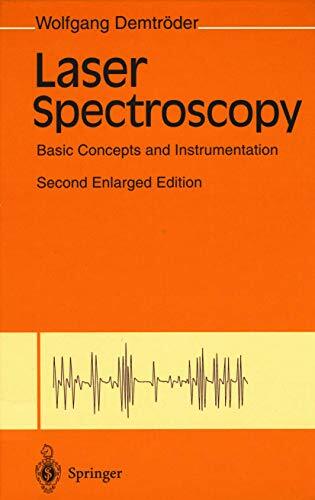
Terahertz Spectroscopy of Dimethyl Ether
Kurzinformation
inkl. MwSt. Versandinformationen
Artikel zZt. nicht lieferbar
Artikel zZt. nicht lieferbar

Beschreibung
Dimethyl ether is one of the largest organic molecules detected in the interstellar medium. It is highly abundant in star forming regions. As an asymmetric top molecule with two methyl groups which undergo large amplitude motions and a moderately large dipole moment, it conveys a dense spectrum throughout the terahertz region and contributes to the spectral line confusion in astronomical observations at these frequencies. In the scope of this thesis, the rotational spectrum of dimethyl ether has been investigated by means of high resolution spectroscopy in order to improve the understanding of the internal rotation dynamics and to provide comprehensive datasets for astronomical applications. Spectra have been recorded up to 2.1 THz. Their analysis allowed to provide accurate frequency predictions for astronomical applications, which enabled the first interstellar detection of transitions within excited torsional states of dimethyl ether. An important prerequisite for these measurements was the development of a new spectrometer, which extends the frequency coverage of the Cologne spectrometers considerably. This has been realized by the application of a novel type of frequency multiplier, a superlattice multiplier. High multiplication factors and frequencies up to 3.1 THz have been achieved and used to record spectra of rotational transitions of various molecules. Due to these properties these devices are also well suited as mixer elements in heterodyne receivers. This has been proved by the assembly of a heterodyne receiver working at room-temperature. Further investigations using extremely sensitive THz-heterodyne receivers have been carried out in order to explore their potential in scope of future applications.
Produktdetails

So garantieren wir Dir zu jeder Zeit Premiumqualität.
Über den Autor

- Gebunden
- 427 Seiten
- Erschienen 2006
- Wiley-VCH

- paperback
- 376 Seiten
- Erschienen 2002
- WV

- hardcover
- 494 Seiten
- Erschienen 2016
- ROYAL SOCIETY OF CHEMISTRY

- hardcover
- 473 Seiten
- Erschienen 2008
- Springer

- hardcover
- 288 Seiten
- Erschienen 2015
- Wiley

- Gebunden
- 483 Seiten
- Erschienen 2011
- Wiley-VCH

- hardcover
- 544 Seiten
- Erschienen 2007
- Mcgraw Hill Book Co

- Gebunden
- 398 Seiten
- Erschienen 2021
- Wiley-VCH

- hardcover
- 958 Seiten
- Erschienen 1995
- Springer

- Hardcover
- 1296 Seiten
- Erschienen 1994
- Wiley-Interscience

- paperback
- 176 Seiten
- Erschienen 1985
- Springer

- hardcover
- 590 Seiten
- Erschienen 2005
- Springer

- hardcover
- 304 Seiten
- Erschienen 2015
- Cambridge University Press

- paperback
- 390 Seiten
- Erschienen 1983
- Pergamon

- Gebunden
- 634 Seiten
- Erschienen 2012
- Wiley-VCH































